- Home
- Machining techniques
- CNC Machining Services
- Cooperative supply services
- Designs
- Materials
- Finishing Services
- Shop
- Products
- Guide
- About Us
- Contact Us
2020.3.9
CNC milling operation should be executed based on the types of machines and materials, cutting tools, cutting fluid and other factors. Here CNClathing.com brings some CNC milling tips and tricks for machining different materials including stainless steel, aluminum alloy, titanium alloy, and superalloy.
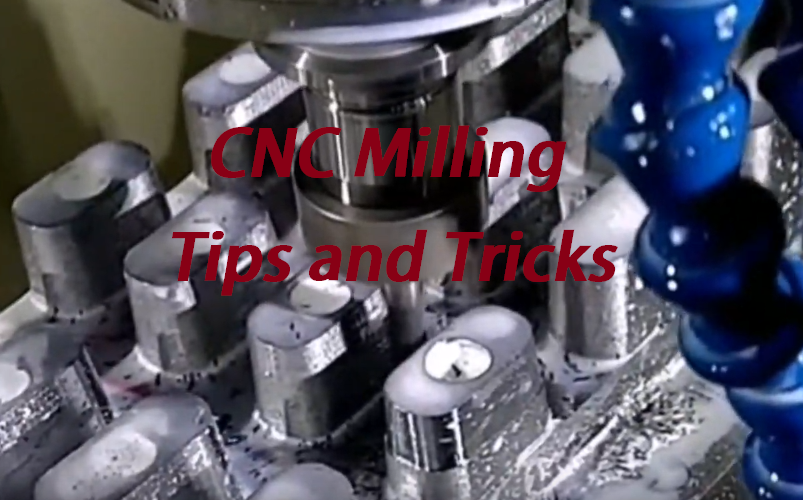
Stainless steel can be classified into ferritic/martensitic stainless steel, austenitic stainless steel and duplex (austenitic/ferritic) stainless steel. Each type of material has different requirements in the milling process.
Milling tips of ferritic/martensitic stainless steel
The machinability of ferritic stainless steel is close to that of low alloy steel, so we can learn from steel milling. Martensitic stainless steel has higher hardening property, and it needs a very high cutting force. Using the correct tool path and arc cutting method to obtain the best results, using higher cutting speed, higher toughness material and enhanced cutting edge can overcome the hardening effect and ensure safety.
Milling tips of austenitic and duplex stainless steel
The main wear of austenitic and duplex stainless steel milling is cutting edge chipping due to hot cracks, groove wear, and chip accretion/sticking. For CNC milling stainless steel parts, burr and surface quality are the main problems.
Rough machining recommendations:
1) Use high cutting speed (150-250m/min) to avoid chip accretion.
2) Dry cutting without cutting fluid to minimize hot crack.
Finishing recommendations:
1) In order to improve the surface quality, it is required to use cutting fluid or preferably oil mist/micro lubrication. There are fewer hot cracks in finishing because the heat generated in the cutting area is lower.
2) When using cermet material, good surface quality can be obtained without cutting fluid.
3) Too low feed may cause more severe cutter wear due to the cutting in the deformation hardening area.
When it comes to non-ferrous metal, here we talk about is an aluminum alloy with silicon content less than 13%. The main wear cause is the built-up edge or bonding on the cutting edge, resulting in burr generation and surface quality problems. In order to avoid scratches on the surface of CNC milling aluminum parts, good chip forming and chip removal are very important.
1) Using a PCD blade with a sharp polished cutting edge ensures good chip breaking ability and prevents chip buildup.
2) Select the groove type of positive rake angle blade with a sharp cutting edge.
3) Cutting fluids should always be used when machining aluminum alloys to avoid material binding to the cutting edge of the tool and to improve surface quality.
Silicon content < 8%: use cutting fluid with concentration of 5% Silicon content 8-12%: use cutting fluid with concentration of 10% Silicon content > 12%: use cutting fluid with concentration of 15%
4) Higher cutting speeds usually improve performance without negatively affecting tool life.
5) Due to the high worktable feed, the machine with “pre-reading” function should be used to avoid the dimensional error.
6) Tool life is always influenced by burr formation or surface quality of parts. The recommended value for Hex is 0.10-0.20 mm, too small will cause burr.
CNC Milling of superalloys and titanium usually requires a machine tool with high rigidity, high power and high torque to operate at low speed. Groove wear and cutting edge chipping are the most common types of wear. The high heat generated limits the cutting speed.
1) Use a round cutter as much as possible to promote chip thinning.
2) When the cutting depth is less than 5mm, the cutting edge angle should be less than 45 °. It is recommended to use a round blade with a positive front angle.
3) The radial and axial accuracy of milling cutter is necessary to keep the constant load of each tooth and smooth working procedure and to prevent premature damage of single blade.
4) The cutting edge should always be of the positive rake groove and shall be rounded by the optimized cutting edge so as to prevent the chip from adhering to the cutting edge when tool retracts.
5) During the milling process, the number of cutting teeth actually involved in cutting should be as much as possible.
6) When using carbide blades, the coolant can help to remove chips to control the heat at the cutting edge and prevent the second cutting of chips.
7) When using ceramic blades for milling, cutting fluid should not be used due to thermal shock.
8) Frequently rotate the cutting edge to ensure a reliable machining process and reduce tool damage.
9) When machining titanium alloy, do not use a ceramic blade. Ceramics can have a negative impact on surface integrity and other indicators.
CNClathing.com is capable to provide most effective CNC milling services with high efficiency, quality and affordability.
 Spring Material Types (Properties, Grades, Uses) & Best Selection for Your Project
Spring Material Types (Properties, Grades, Uses) & Best Selection for Your Project
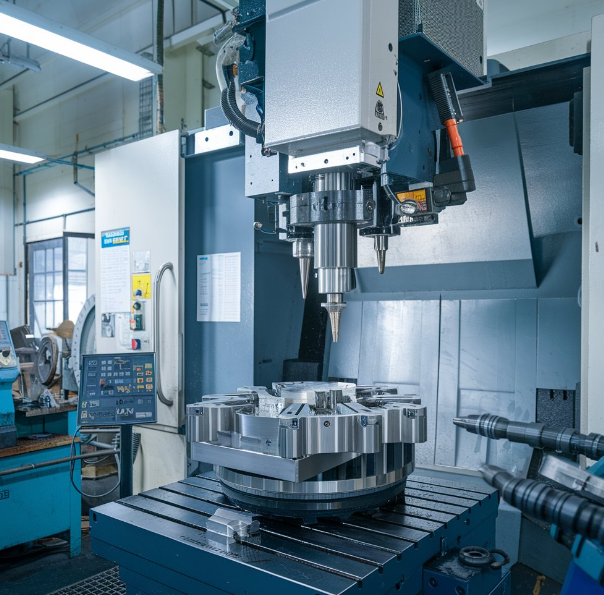 Why Choose China CNC Machining and How to Find the Best CNC Machining Manufacturer
Why Choose China CNC Machining and How to Find the Best CNC Machining Manufacturer
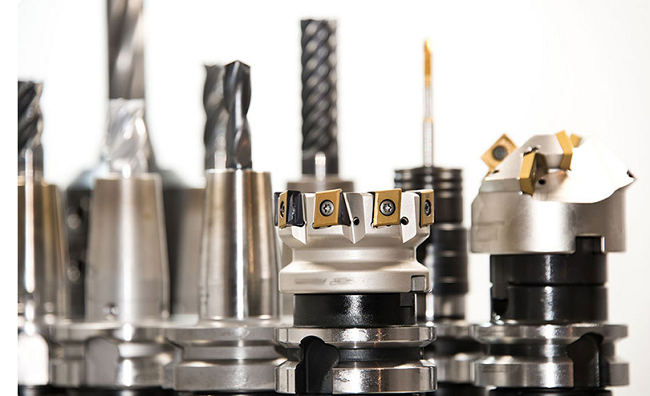 Top 12 CNC Machining & Programming Experiences | CNCLATHING
Top 12 CNC Machining & Programming Experiences | CNCLATHING
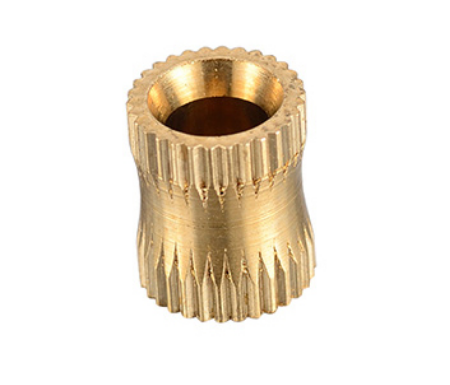 What Are Configuration Requirements For High-Speed CNC Machining
What Are Configuration Requirements For High-Speed CNC Machining
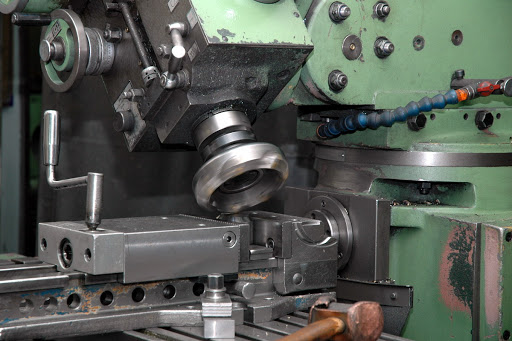 CNC Machining Vs Conventional Machining – Difference Between CNC Machining And Conventional Machining
CNC Machining Vs Conventional Machining – Difference Between CNC Machining And Conventional Machining
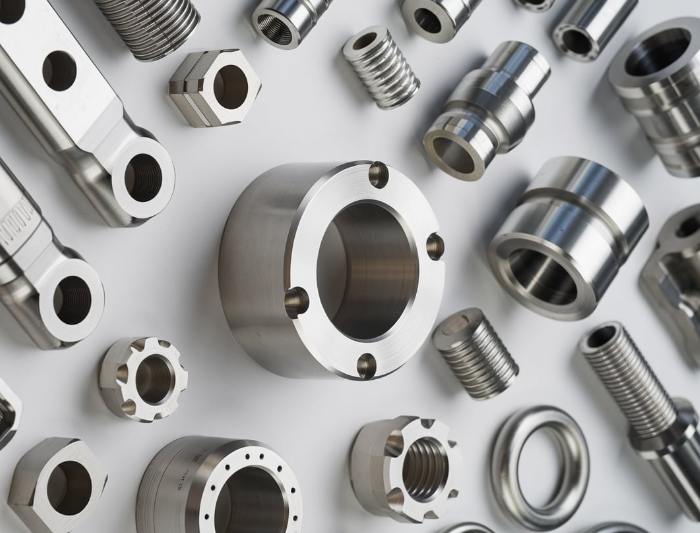 Stainless Steel Families & Grades Chart (Chemical Composition, Properties & Uses)
Stainless Steel Families & Grades Chart (Chemical Composition, Properties & Uses)
